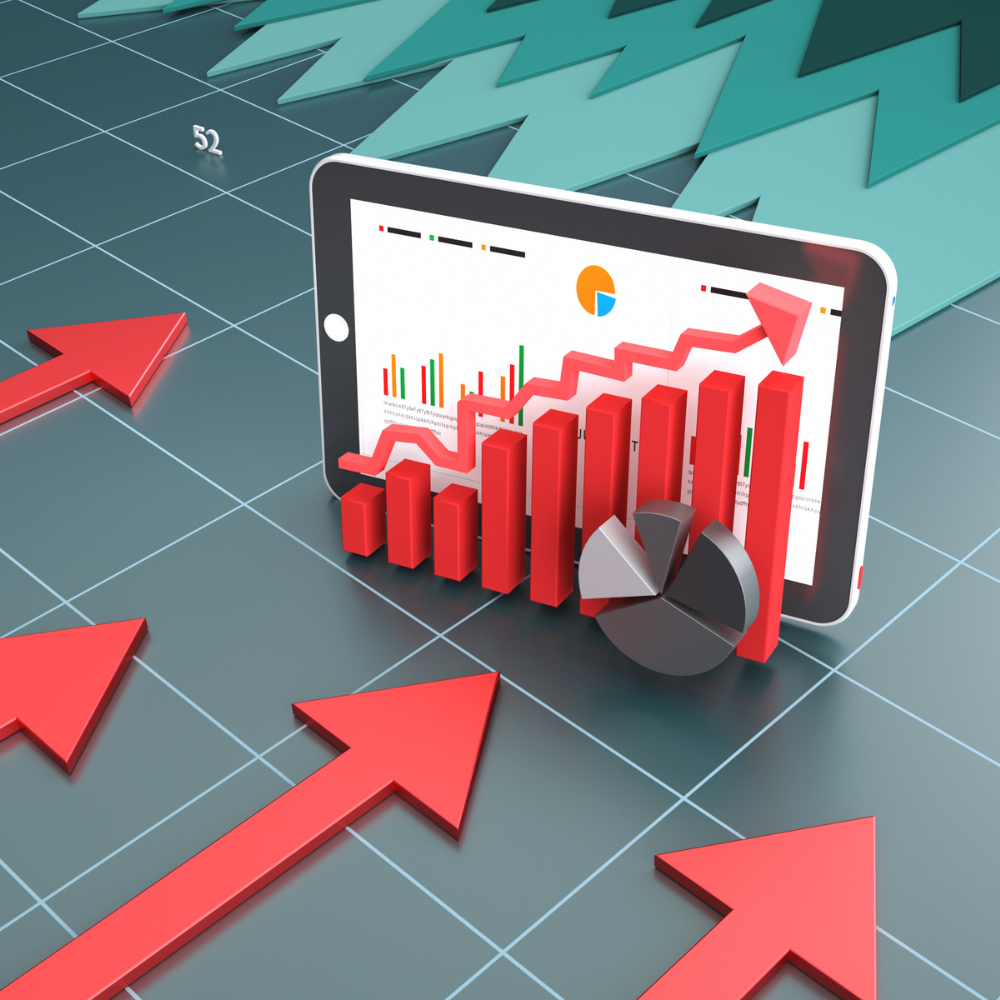AI-driven marketing vs Traditional marketing: Whic

In today's fast-paced business environment, effective demand forecasting is more than just a strategic advantage; it's a lifeline. Accurate data serves as the backbone of successful demand forecasting, ensuring that companies can anticipate consumer needs, optimize inventory, and enhance overall operational efficiency.
Understanding demand forecasting involves predicting future customer demand for a product or service based on historical data, market trends, and various external factors. However, the reliability of these predictions hinges significantly on the quality of the data being utilized. Here, we’ll explore how accurate data can make or break your demand forecasting efforts.
The Foundation of Forecasting: Data Quality
At the heart of any demand forecasting model is data. Whether it's historical sales figures, market research, or consumer behavior analytics, the precision of this information directly affects forecasting outcomes. High-quality data is characterized by its accuracy, consistency, completeness, and relevance. Let's break down these components.
- Accuracy: Data must reflect reality. For instance, overstated sales figures from a previous quarter can lead to inflated demand predictions, resulting in overproduction or excess inventory. Accurate data allows businesses to make informed decisions that align with actual market conditions.
- Consistency: Regular data collection methods ensure that metrics are standardized across various periods and departments. Fluctuations in data collection methods can obscure trends and lead to misleading forecasts.
- Completeness: Missing data points can create gaps in understanding consumer behavior and market dynamics. A comprehensive dataset that captures various influencing factors, like seasonality and regional preferences, can enhance the predictability of demand.
- Relevance: The data used for forecasting must be applicable to the product or market being analyzed. For example, data from unrelated sectors could misguide predictions, leading to costly mistakes.
Embracing Technology for Data Accuracy
The digital age has ushered in an era of advanced analytical tools and techniques that significantly enhance data accuracy. Machine learning algorithms and predictive analytics can process vast amounts of data more efficiently than ever before. Organizations can now analyze real-time data streams, allowing them to react swiftly to changing market conditions.
For instance, companies can integrate point-of-sale data, social media trends, and economic indicators to create a robust data pool for demand forecasting. This holistic view provides a much clearer picture of consumer behavior, leading to more accurate forecasts.
The Human Element: Expertise and Insights
While data and technology play critical roles, human expertise is equally vital in effective demand forecasting. Trained analysts can discern nuances in data that algorithms may overlook. Combining quantitative data with qualitative insights—such as customer feedback and market context—creates a more comprehensive understanding of demand dynamics.
The Bottom Line
Accurate data isn’t just a luxury in demand forecasting; it’s a necessity. The consequences of unreliable data can ripple through an organization, affecting everything from supply chain management to customer satisfaction and profitability.
To unlock the full potential of demand forecasting, businesses must prioritize data integrity. Investing in robust data collection processes, embracing advanced analytics, and leveraging human expertise will empower organizations to make smarter, more strategic decisions.
In conclusion, as demand forecasting becomes increasingly integral to business success, the call for accurate data has never been more pronounced. Embrace it, and watch your forecasting efforts soar.